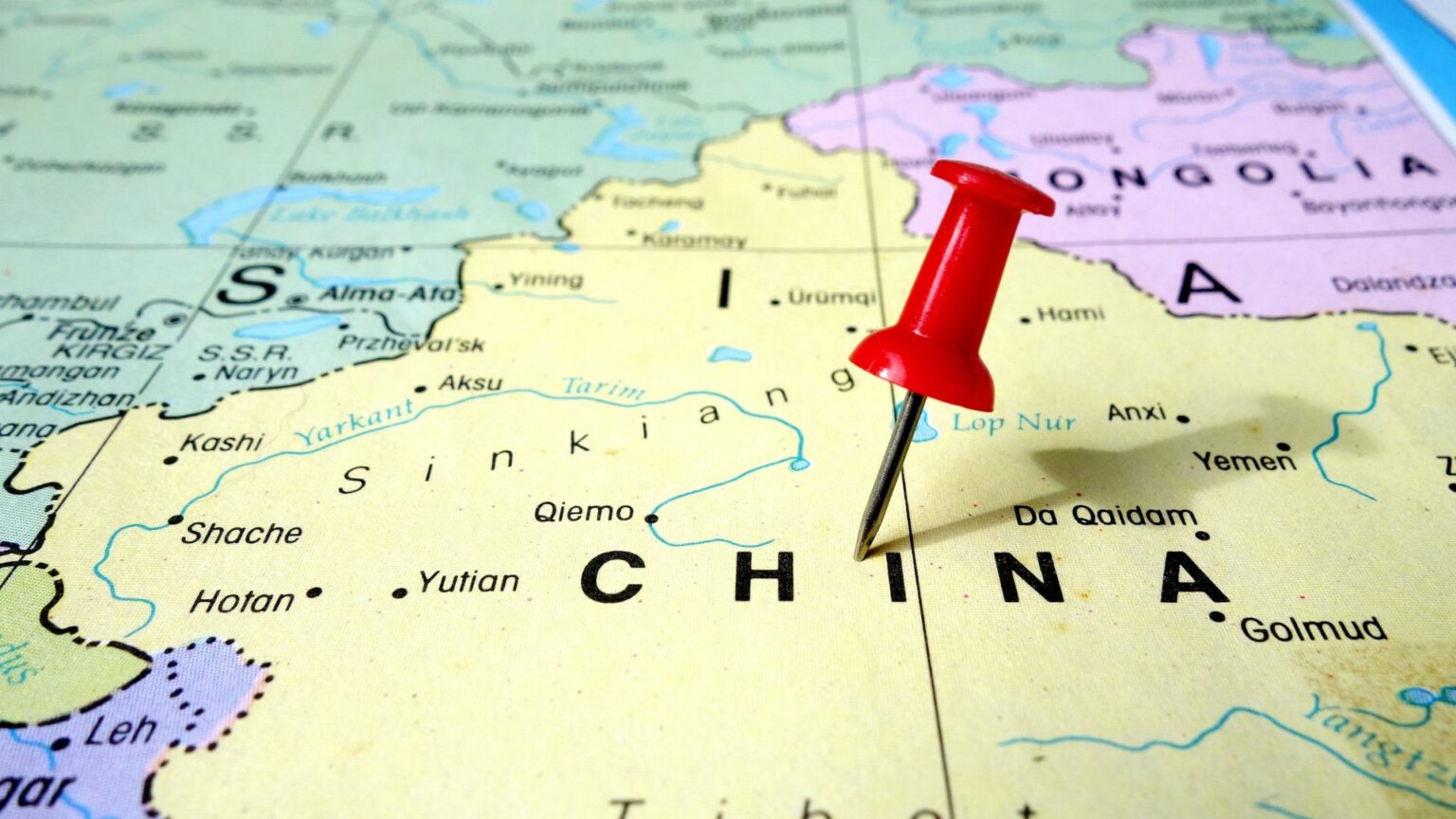A recent examination of data spanning nearly three decades reveals a nuanced view of China’s shift towards hydrogen-based energy trading networks, where the interplay of population growth, energy consumption, and technological advancement is integral to the country’s sustainable development.
China’s economic expansion, driven in part by these networks, faces significant challenges exacerbated by incremental population growth, which is projected to trim potential growth by approximately 0.7% annually. Nevertheless, advances in energy security have the potential to bolster GDP growth rates by 1.8% per unit increase in energy security.
Challenges in integrating hydrogen energy systems are manifold, with technological, economic, and environmental factors at play. While hydrogen and energy storage technologies offer promising advancements, their integration into China’s broader economic landscape poses unresolved questions regarding energy security, environmental sustainability, and economic feasibility.
The ambitious goals outlined in the Paris Climate Agreement underline China’s urgency in enhancing net-zero greenhouse gas emissions, a target further complicated by global population increases and a surging demand for energy. The Energy Trilemma Index (ETI) underscores the delicate balance required across three dimensions: energy security, energy equity, and environmental sustainability. Energy security is pivotal, demanding that nations can withstand shocks to systems and manage supply uncertainties efficiently. Energy equity focuses on equitable energy access, while environmental sustainability prioritizes minimizing adverse climate impacts.
China’s challenges are contextually specific but universally resonant. By examining the ETI, policymakers can engage in informed debates to enhance energy strategies, ensuring actions in one dimension do not undermine others. Regional collaborations also highlight comparative performances, with regions like Egypt achieving reputable energy security standings despite setbacks—offering lessons for China.
While the economic benefits of hydrogen energy trading networks offer motivation, these networks’ long-term sustainability and economic integration remain critical areas for analysis. Incorporating quantitative methodologies, including Generalized Method of Moments (GMM) estimators and Dynamic Ordinary Least Squares (DOLS), this study contributes noteworthy insights into energy policy planning. Explorations into developing regional energy systems highlight a path towards a balanced energy triad, ensuring economic, environmental, and equitable pursuits are pursued in harmony within the global transition to low-carbon energy solutions.





